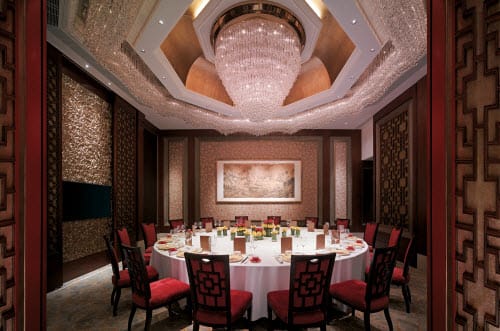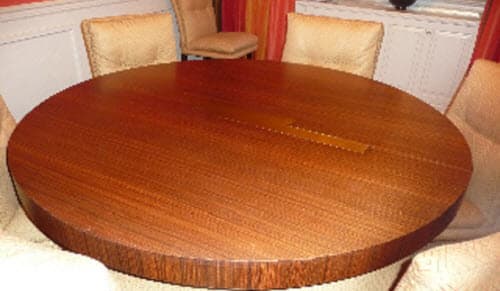Aside for representing a large investment, restaurant furniture speaks in high volumes about the restaurant’s character. The condition of the furniture also impacts the customers’ response to the dining experience. Although there are a number of contributing factors that influence customer satisfaction, recent studies imply that hygiene and décor are equally important considerations patrons use to make judgments about good value, safety, and the possibility of becoming regular customers. Therefore it behooves restaurants to ensure a clean and hygienic environment for the health and safety of employees and guests.
Best Restaurant Furniture Cleaning and Maintenance Tips 2024

Dining Room

The dining room is the first area visitors see upon entry of the restaurant. Cleanliness of the dining and eating area is very necessary for the safety and overall appearance of the restaurant. Guests may decide to turn around and leave if the dining room appears to be unsanitary.
A thorough sanitizing of the surface areas which diners come into contact with such as table tops, restaurant bar stools or chairs is a proper way to ensure the cleanliness of the dining room. Surface areas can be cleaned with a clean/unused towel. It is also important to disinfect menus and condiment bottles regularly.
Restaurant Furniture Maintenance

Restaurant Furniture is subjected to daily heavy use, especially at a high traffic commercial environment. That is what it’s built to do. A wise and responsible restaurateur will do his/her utmost to upkeep the furniture which customers come in contact with the most. A worn out restaurant table, flimsy commercial patio furniture, or an upholstered restaurant booth with tears and split seams is extremely off-putting to guests.
While disinfecting and daily cleaning is fundamental, it’s also important to address deeper issues pertaining to the state of repair of furniture. Maintaining furnishings like restaurant chairs, restaurant bar stools, table bases and benches in good condition should be an integral part of a long term strategy of quality control at the front of the house. The following cleaning and maintenance tips will ensure the longevity of the furniture but above all, guarantee customer satisfaction with the cleanliness and ambiance of your restaurant.
Inspecting Your Restaurant Furniture
Scheduling a periodic furniture inspection should include specific tasks:
- Making sure that tables and restaurant chairs are sturdy and stable. Assemblies like bar stool swivels and glides should be oiled and working properly.
- Joints and stretchers on chairs' legs should be secure and screws should be tight. Press your hands against the chair’s or bar stool’s seat to see if it wobbles. Gluing a drywall screw in a loose joint is an easy, quick and durable fix on a wood chair. A metal chair, however, is a lot less prone to loose joints if they are welded. Bolts on metal chairs or bar stools may need to be regularly tightened with a lock washer.
- Examine your restaurant tables by placing your hands on the table top and giving them a gentle shake. If there is too much movement, you should look for missing levelers or loose screws that attach the base to the top. Use a wrench or pliers to tighten the table bases.
- Check upholstery fabric or vinyl on chairs or restaurant booths for rips, loose seams, or tears. Small cuts are easy to repair and it is recommendable that you patch them up before they become larger.
- Segregate and dispose furniture that require immediate attention or can present a safety hazard .
How to Clean Restaurant Furniture
Most materials we use in our restaurant furniture are easy to clean and care for. Cleaning can be as simple as a daily wipe down with a damp cloth. Or it can involve specific cleaning methods for treating restaurant wood table tops made of butcher block or vinyl upholstered restaurant chairs. Certain materials respond differently to furniture care and it’s always a good idea to review published furniture cleaning recommendations as well as drawing a cleaning plan to get the best results. A little extra time and attention can prevent damages to materials like laminates, granite, chrome, glass, cast iron, metal, finishes and wood.
| Material | Cleaning Tip |
|---|---|
| Aluminum | Can be cleaned with mild soap and water |
| Upholstery | Remove dust or dirt with a vacuum. Use a wet cloth and detergent to clean spills or stains asap. The upholstery cleaning tag code will show you which cleaning methods to use. |
| Tempered Glass | Use glass cleaner and wipe down with vinegar and cloth to remove streaks. |
| Laminates | Easy to clean with mild soap and water. |
| Granite | Clean with water and mild soap. Stains may require treatment with hydrogen peroxide. |
| Chrome | Clean once a week with warm soapy water. Remove rust with a ball of aluminum foil dipped in water. Use baby oil or furniture polish to keep it shiny and long lasting. |
| Wood | Rub lightly with a slightly dampened cloth. Wipe till completely dry. Many wood furniture require periodic wax treatments for additional protection. |
| Stainless Steel | Clean with mild soap and warm water using a microfiber cloth. Dry completely to prevent water stains. |
| Werzalit | Wipe regularly with a damp cloth and alcohol based solvent or soapy water. Abrasive cleaners or detergents are NOT recommended. |






























































